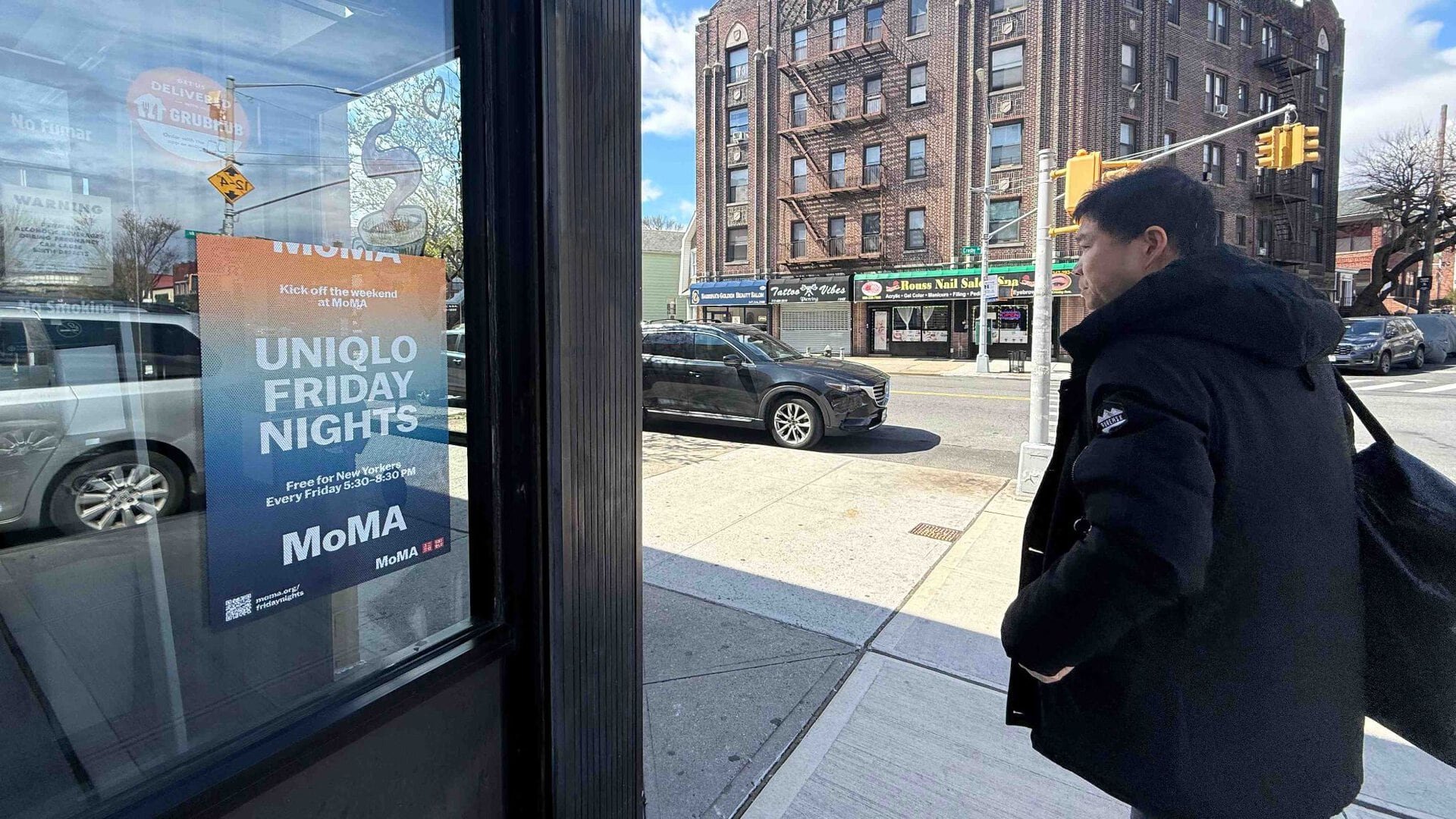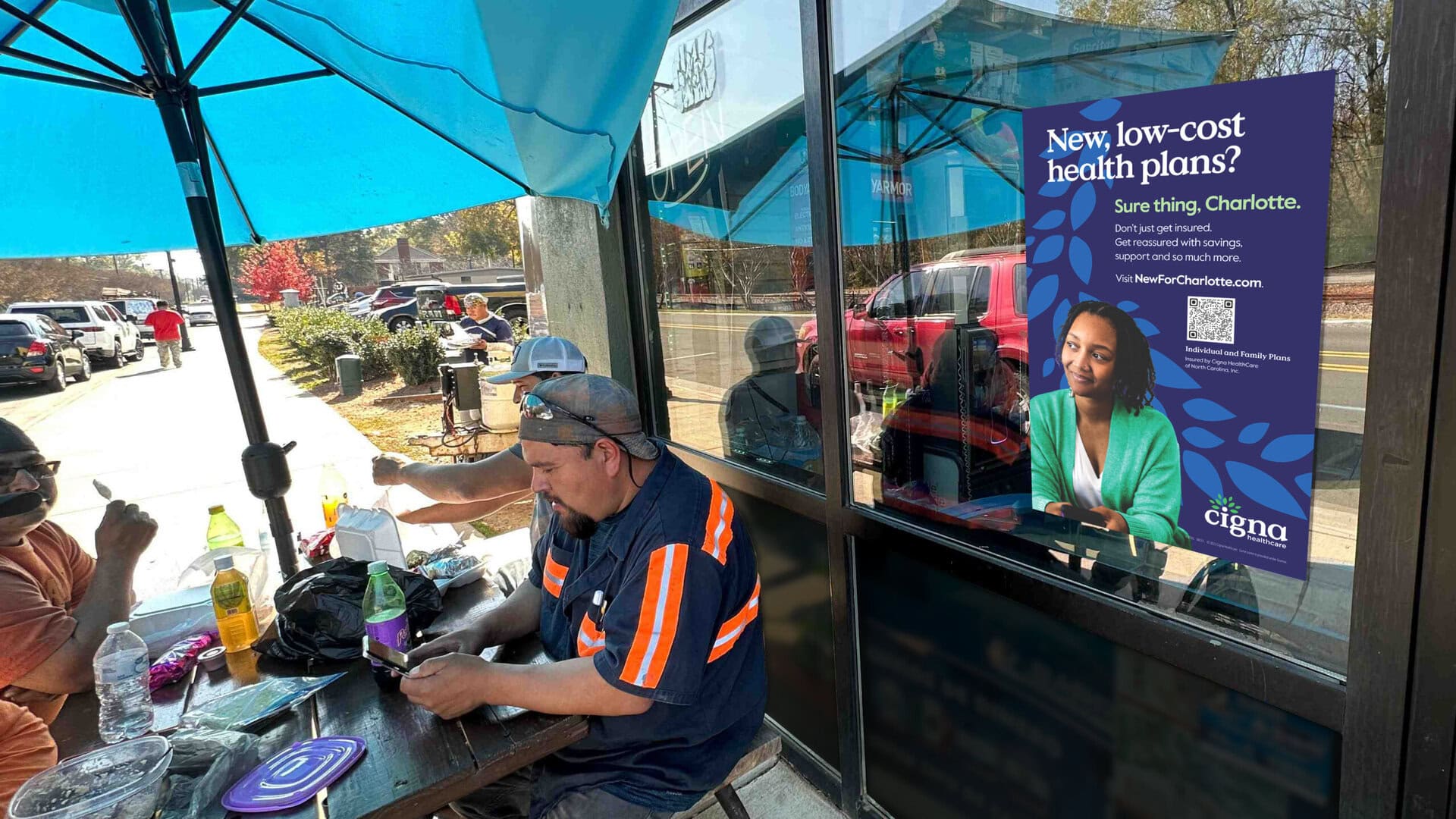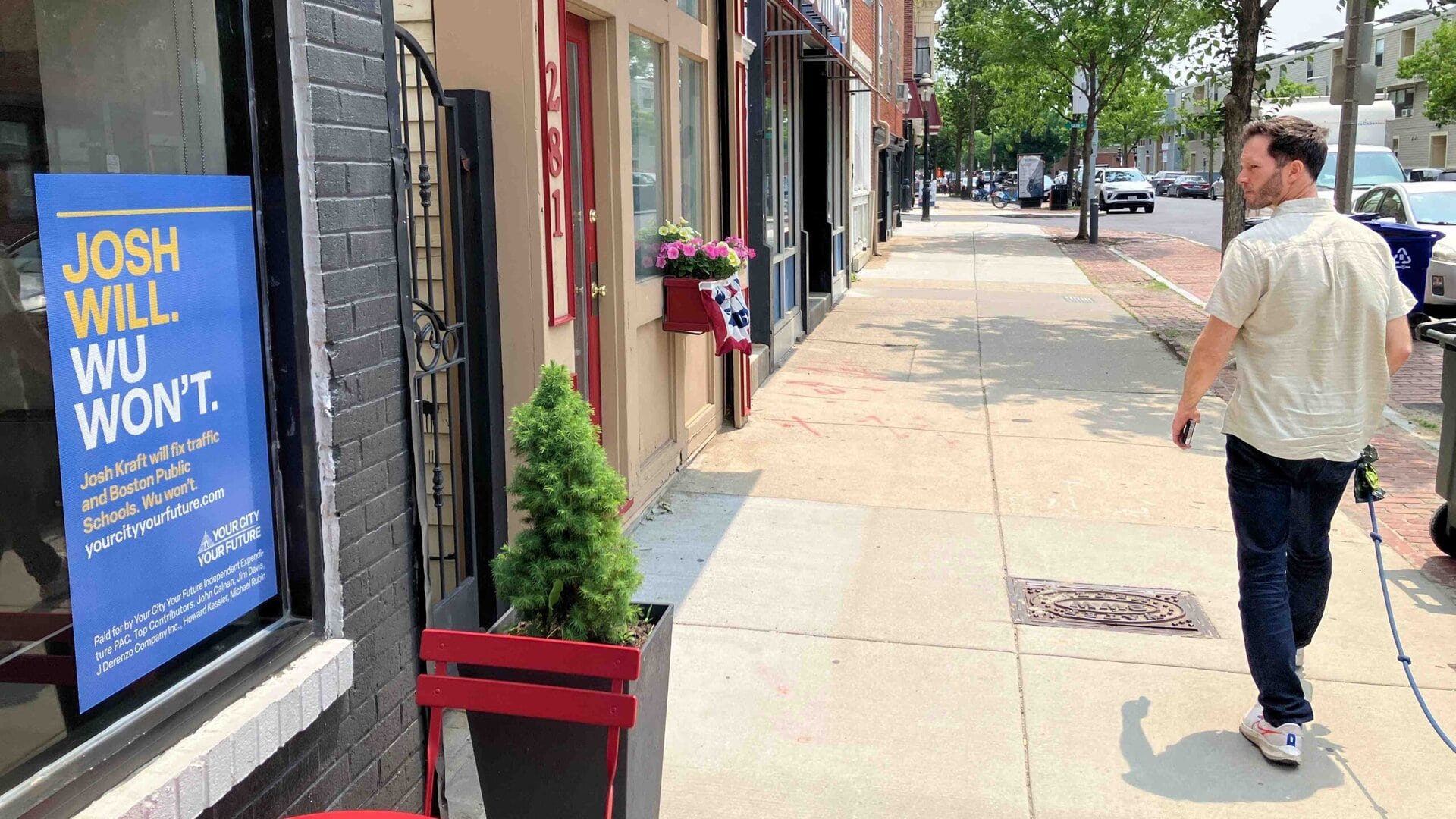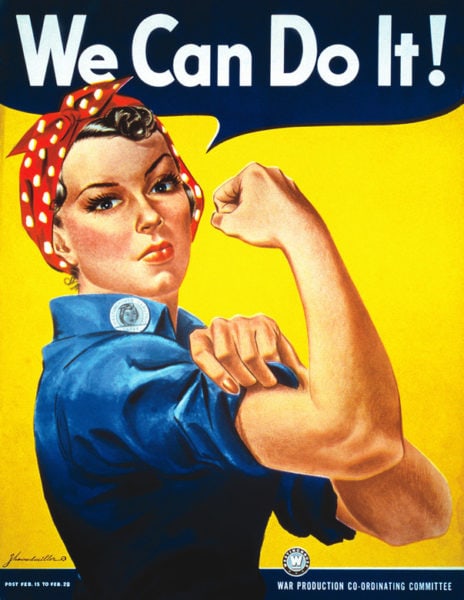
A recent ‘Editors Pick’ from AdAge is currently taped beside my desk. Rosie the Riveter – but for the modern woman? Sign me up!
March is National Women’s History Month. What started as a single day is now a month-long opportunity to honor and reflect on women’s achievements while also acknowledging the challenges they face in the struggle for equal rights and representation. It is also the perfect time to look back at the way women have been portrayed in advertising over the years.

The theme of this month’s celebration is “Valiant Women of the Vote.”, honoring the brave suffragettes and those who continue to fight for voting rights of others. 2020 also marks the 100th anniversary of the 19th Amendment, the culmination of the decades-long movement for women’s suffrage at both state and national levels.
Even then, when women were fighting for the right to vote, they were being used to influence the public. From the anti-suffragette posters of the 1920’s to Katie Sowers, the first woman to coach in the NFL in 2020, women have been used to sell anything and everything. Aunt Jemima, Betty Crocker, Flo from Progressive – we all know who they are and what they sell. But how far have we come from being depicted as housewives glued to the kitchen sink? Did those ads leave a lasting impression and truly, how far do we still have to go?
Growing up in the 80s, advertisements depicted career women with families who were portrayed as “supermoms.” Ads from that time included the sexy, but capable woman who could “bring home the bacon, fry it in a pan”, and still let her feminine side shine through thanks to Charlie perfume. There were cigarettes that were long and slender – just for women! There were bright pink razors – just for women! Each magazine ad or TV commercial indicated that if we bought these products, we too could have it all. I watched my mother and older sisters go to work or school, dosed in hairspray and perfume and they didn’t seem as glamorous as the women on TV or in magazines. They looked like ‘real people’ – just ones who smelled really good and had pink razors.
As I entered my teen years, the “hyper-sexualized woman” of the 1990s was the norm, and possibly a backlash from the liberated “I don’t need a man” platform of the 1980s. This was the height of supermodels, WonderBra, and Cindy Crawford with that Pepsi Can. At the same time, third-wave feminism began showing up in music, movies and in magazines. So while Cindy Crawford was selling Pepsi in jean shorts, The Riot Grrrl Manifesto was telling us that“every form of media I see us/myself laughed at, objectified…trivialized, stereotyped.” and should be challenged and ignored. Riot grrls continued the “I don’t need a man” platform and told us to be our true selves, to think for ourselves, to make our own choices. We saw the supermodels and we saw the punk rock girls and we needed to choose who we wanted to be.
Today, we’re experiencing yet another transformation as many advertisers are more often abandoning some of the traditional strategies that had been used to depict women. It’s more common to see men at home, taking care of the children and women in the boardroom. Advertisers are looking to reflect a more diverse demographic of consumers including different races, genders, orientations and family units. The body-positive movement has caught on and now advertisers are including women of all shapes and sizes to more effectively appeal to other female consumers.
Back to that Editors Pick, Cotton Inc and fashion brand, The Great, have taken the classic J. Howard Miller image of Rosie the Riveter in her jumpsuit and brought it to today’s woman. Soccer players, designers, artists all in the iconic jumpsuit, all in their world. It’s powerful imagery. The “We Can Do It” message has always resonated with me and this campaign is no different. Modern, powerful, working women doing amazing things in an iconic image and outfit. I’m here for it, and I want that fairly reasonable $350 jumpsuit. See, advertising DOES work!
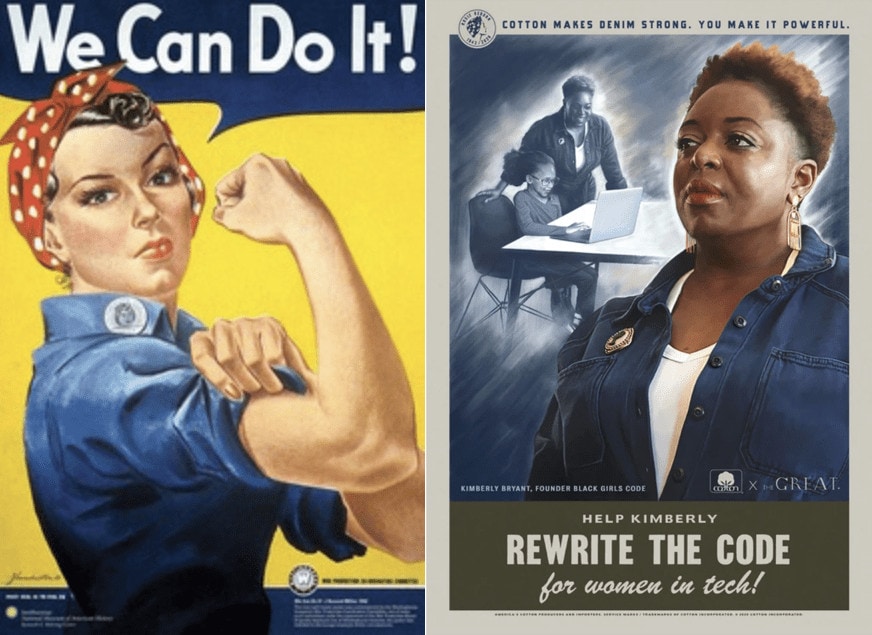
Women are the most powerful consumers on the planet. We make up to 80% of all purchases across all sectors, yet there’s still a long way to go. Why? Historically, the advertising industry has always been male-dominated (think Don Draper and Mad Men) and it’s still very much a “boys’ club” at the top. While there are women in positions of real power in advertising and marketing, we have only scratched the surface.
As we celebrate this important month, let’s look back at what it means. As we celebrate the great achievements of women, we should also make decisions that further the equality and opportunity for women within our industries. I am hopeful and optimistic about the future, and the rapid pace of change every new day brings.
Stella Gillham
Vice President, Client Services

